23. June, 2025delish0
When purchasing an hot stamping foil slitting machine, it is necessary to comprehensively consider many factors such as equipment performance, production demand and after-sales service. Here's a systematic guide to help you make an informed decision:
1. Slitting accuracy: core indicators
1. Accuracy class
◦ Ordinary slitting: ±0.1~0.2mm (suitable for conventional packaging and labeling)
◦ High-precision slitting: within ±0.05mm (high-end fields such as electronics and optical films)
Recommendation: Depending on the material application, precision should be prioritized for high value-added products.
2. Critical impact components
◦ Guiding system: Photoelectric/ultrasonic correction can adjust the deviation in real time, which is better than mechanical correction.
◦ Turret structure: The round knife driven by the servo motor is more stable than the pneumatic knife and is suitable for high-speed slitting.
◦ Tension control: Closed-loop tension systems (e.g., magnetic particle brake + sensor) reduce material tensile deformation.
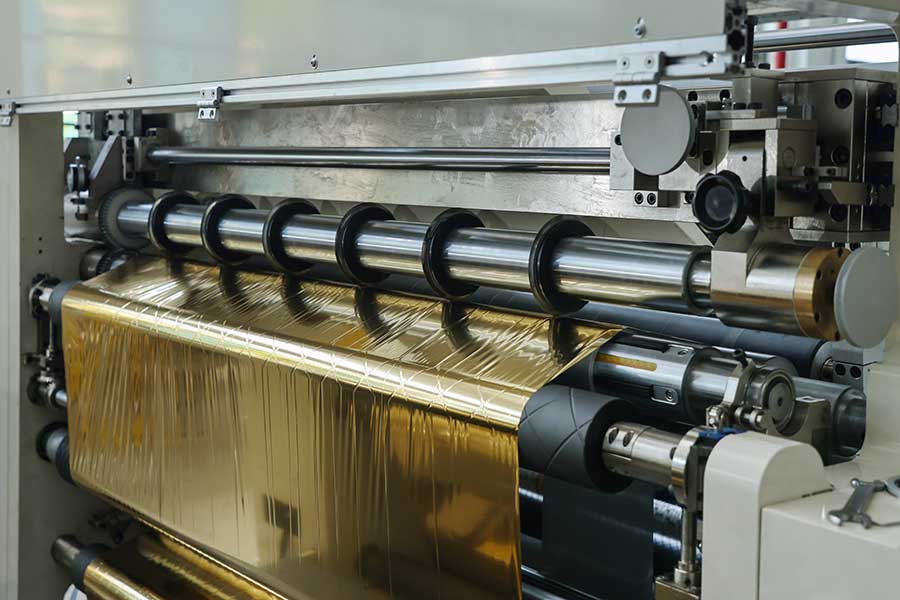
2. Production efficiency: match the demand for production capacity
1. Slitting speed
◦ Medium and low speed models: 50~200m/min (small batch, multi-specification switching)
◦ High-speed model: 200~600m/min (large-scale continuous production)
Note: The speed increase needs to be matched with unwinding/winding capacity (such as shaft diameter above Φ600mm).
2. Automation features
◦ Automatic tool change, in-line inspection (defect/width) reduces downtime.
◦ The intelligent scheduling system is suitable for multi-order switching scenarios.
3. Material adaptability: avoid hidden costs
1. hot stamping foil characteristics
◦ Substrate type: PET/OPP/BOPP and other films need to correspond to different tension parameters.
◦ Coating resistance: Thermal coating equipment needs to be equipped with a low-temperature slitting mode.
2. Device Compatibility
◦ Check the maximum slitting width (600~2500mm) and thickness range (12~50μm).
◦ Multi-spindle winding is optional, suitable for special materials such as composite film.
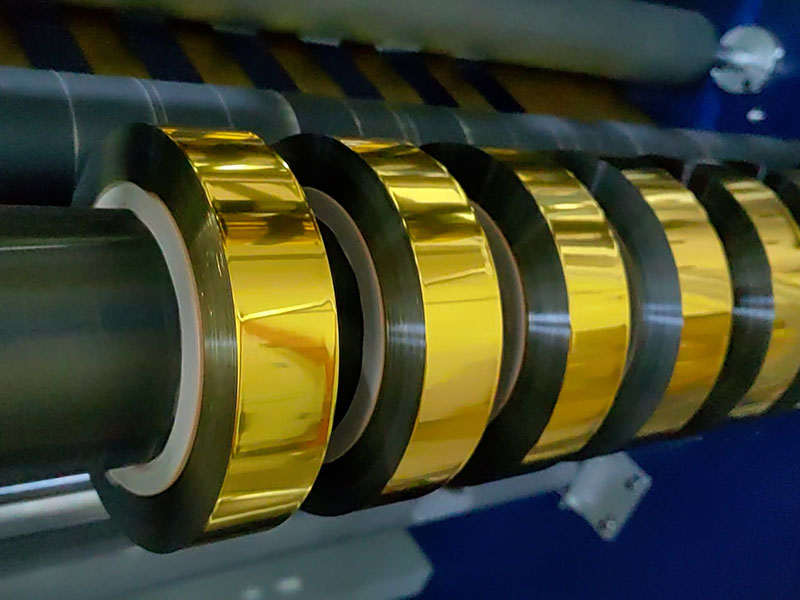
Fourth, the quality of key components: durability comparison
| parts | Low-configuration solution | High-configuration solution | suggestion |
| cutting tool | Ordinary alloy steel | Tungsten carbide/ceramic coated knives | Choose the latter with high precision |
| bearing | Domestic ordinary bearings | SKF/NSK brand bearings | High-speed machine is a must |
| Control system | PLC basic version | Siemens/Mitsubishi + touch screen | Complex process selection of high configuration |
5. After-sales service: long-term operation guarantee
1. Response Timeliness
◦ Preferential choice of 24-hour online technical support + 48-hour on-site service suppliers.
◦ Confirm availability of spare parts (e.g., consumables such as blades, sensors, etc.).
2. Value-added services
◦ Free hands-on training (especially essential for novice teams).
◦ Annual maintenance contracts reduce the risk of sudden breakdowns.
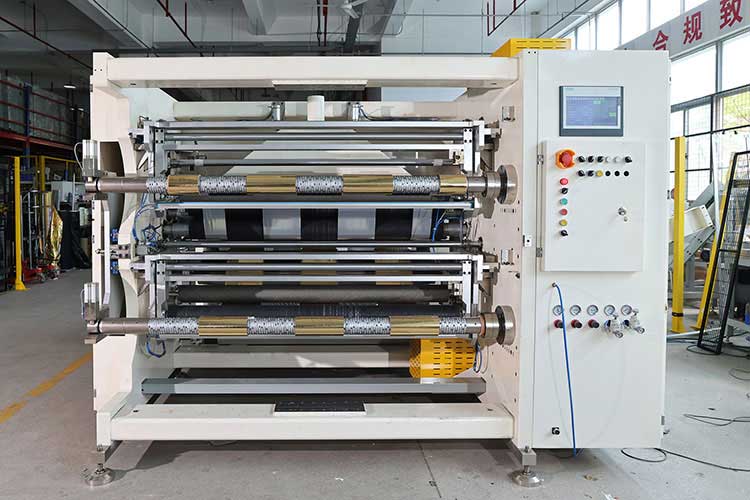
6. Cost assessment: a full life cycle perspective
• Initial cost: The price of domestic equipment is about 1/3~1/2 of imported brands (such as 300,000 yuan for domestic brands vs 800,000 yuan for European brands).
• Long-term cost: calculate the difference in energy consumption (servo motor saves 20%~30% power compared with asynchronous motor) and the impact of scrap rate.
• Hidden costs: such as equipment upgrade costs, technical blockade risks (some imported equipment software needs to be unlocked at an additional cost).
7. Verification suggestions
1. Test requirements
◦ Test with your own materials, focusing on slitting edge burrs and rewinding uniformity.
◦ Simulate an emergency shutdown to see if the tension recovery is smooth.
2. Case study
◦ Suppliers are required to provide customer cases in the same industry and observe the operation status of equipment on the spot.
Summarize the decision-making process
1. Clarify your own product specifications and average daily production capacity requirements.
2. Screen 3~5 suppliers for parameter comparison and on-site verification.
3. Comprehensive score (recommended weight: accuracy 30% | stability 25% | service 20% | cost 25%).
Through systematic evaluation, procurement risks can be significantly reduced and equipment investment can be maximized.



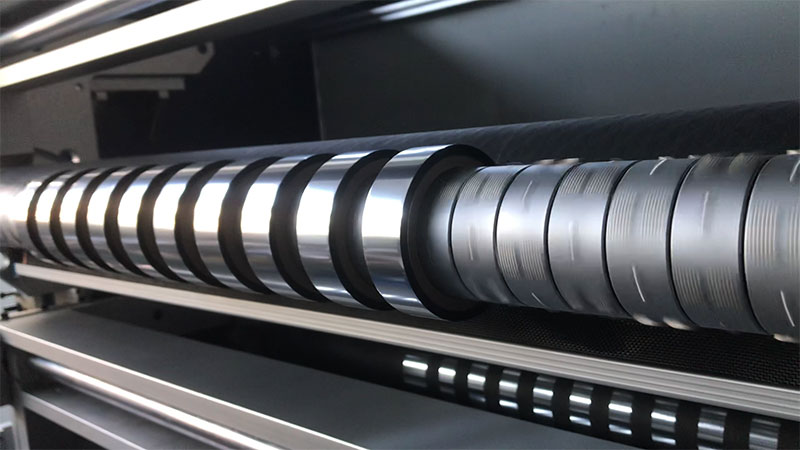
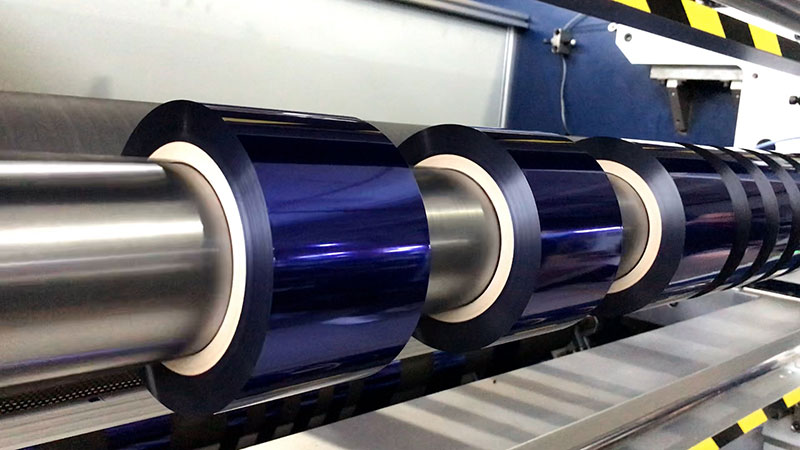
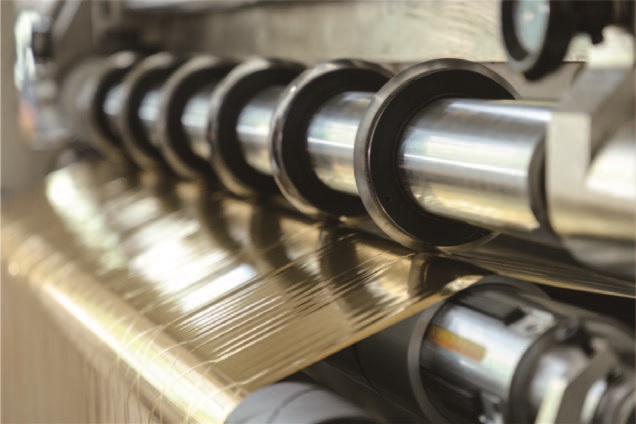
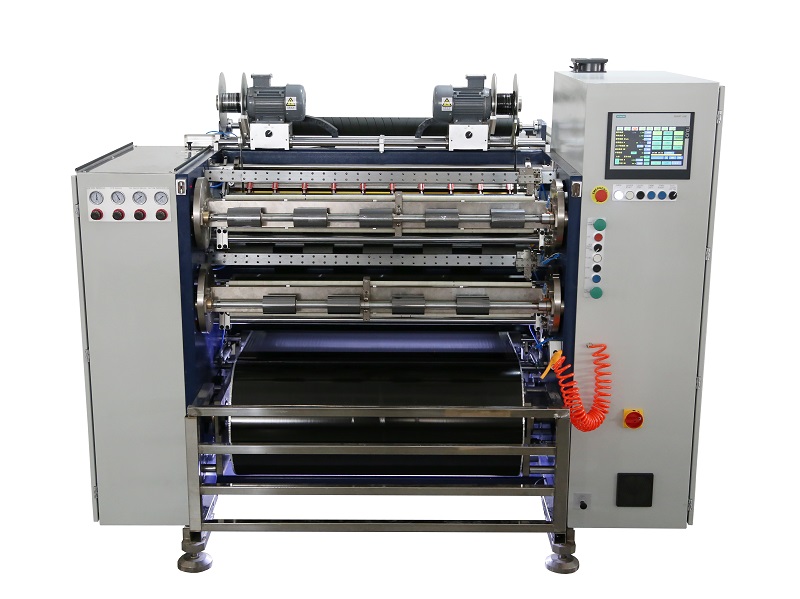 Fully Automatic TTR Slitter RSDS8 Plus
Fully Automatic TTR Slitter RSDS8 Plus Hot Stamping Foil Slitter 1600mm
Hot Stamping Foil Slitter 1600mm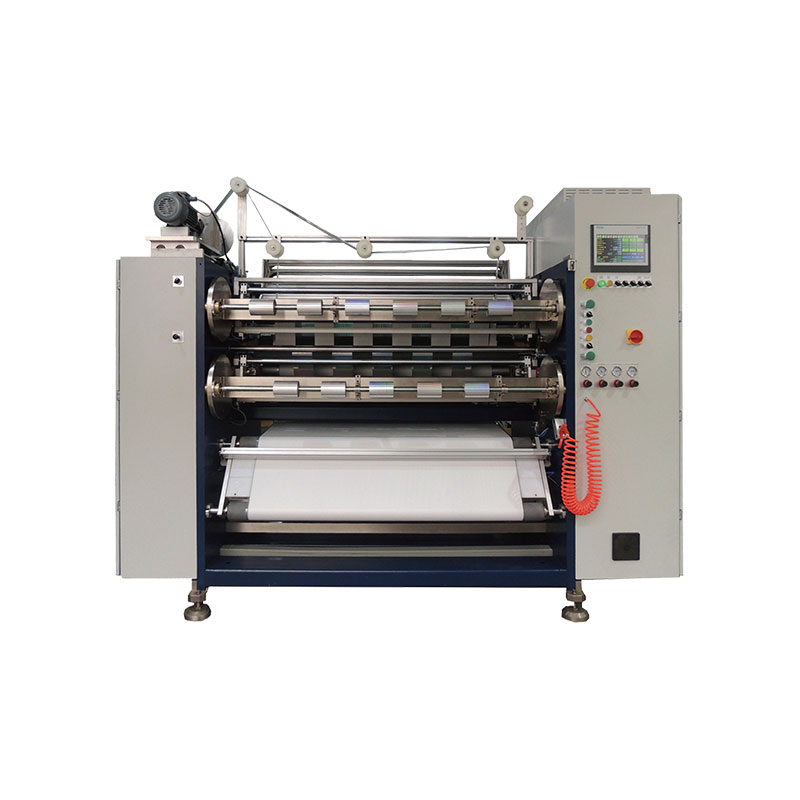 Hot Stamping Foil Slitter (4 Shafts)
Hot Stamping Foil Slitter (4 Shafts)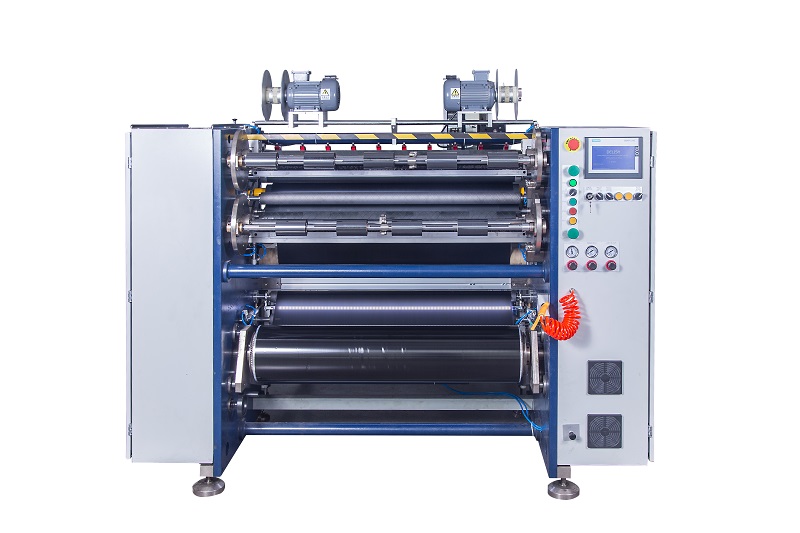 Semi-Auto TTR Slitter RSDS2 Plus
Semi-Auto TTR Slitter RSDS2 Plus Semi Automatic TTR Slitter RSDS5 Plus
Semi Automatic TTR Slitter RSDS5 Plus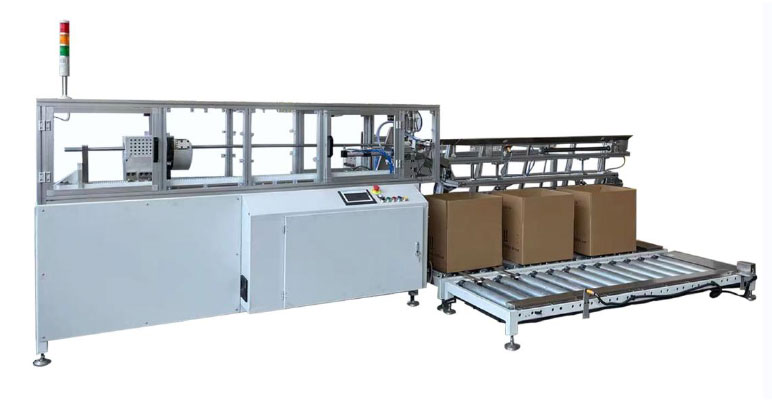 Auto Paper Core Cutter
Auto Paper Core Cutter Manual TTR Slitter RSDS2
Manual TTR Slitter RSDS2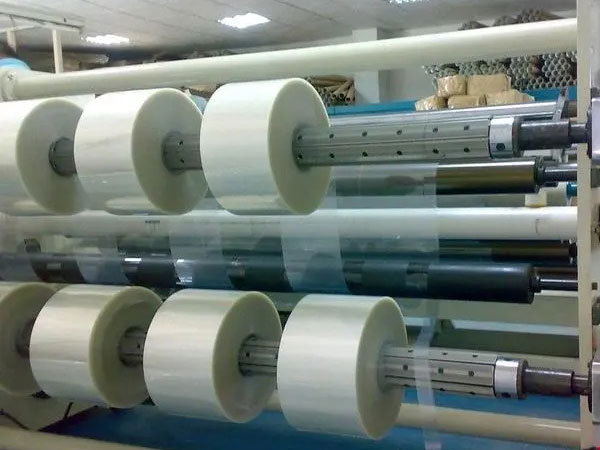 Film Slitting Machine
Film Slitting Machine





